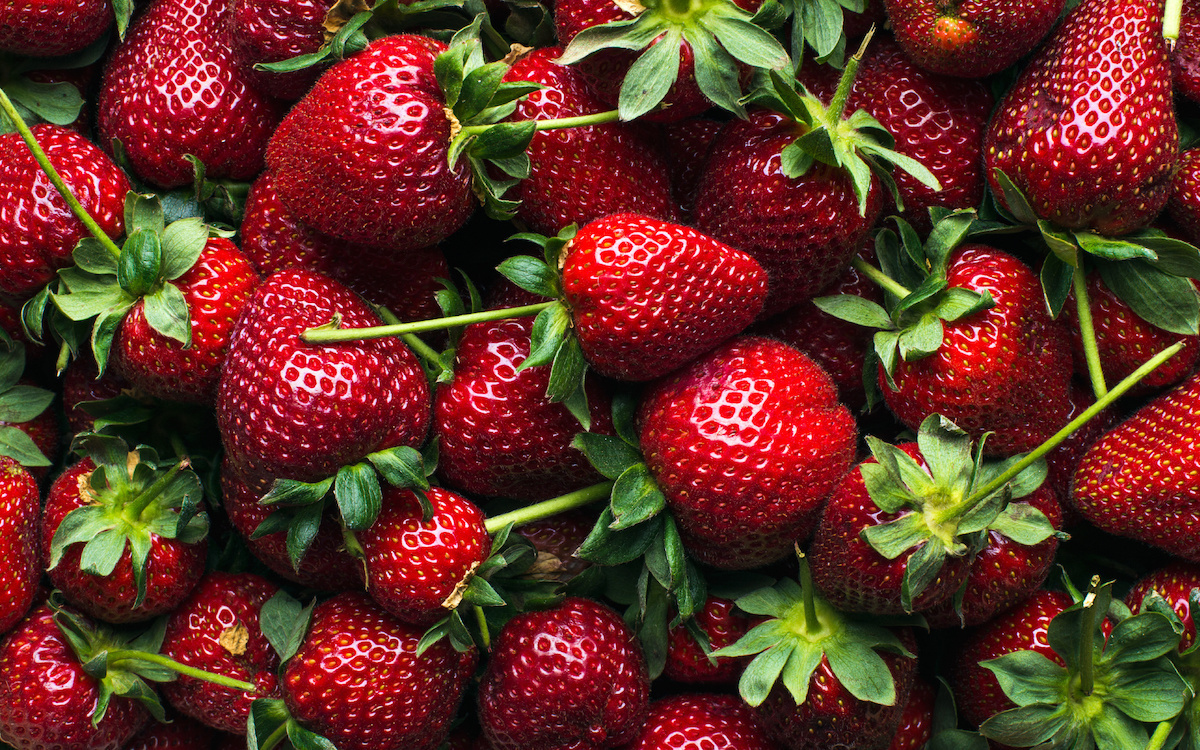The history of the strawberry

The strawberry is a delicious red fruit from the strawberry plant that charms your plate every spring with its tangy, sometimes slightly sweet taste and its shimmering colour. Whether eaten on its own or used as an ingredient in tarts and charlottes, it is a favourite with many people. There are many ways to enjoy it. Yet most of us don't even know its history.
Its origin
Strawberry plants have been growing wild since prehistoric times in many parts of the world, including North America, Western Europe and Asia. At that time, they were called wild strawberries of the species Fragaria Vesca. They are very fragrant and small fruits. In ancient times, the Romans appreciated their pleasant taste and smell. They used them in cosmetic products such as beauty masks because of their therapeutic properties.
Strawberries were first cultivated in the Louvre garden with 12,000 plants around the 14th century. Wild strawberries are also harvested in the Alps. Since the Middle Ages, they have been introduced into gardens and kitchen gardens. In order to obtain a better yield, they were grown by smoking and mulching the soil, hence the name strawberries. During the Renaissance, men liked to eat the fruit with wine and women with cream.
From the 15th century onwards, strawberries became part of the commercial world. The English and Dutch improved the wild species to obtain larger fruits. Towards the end of the 16th century, the explorer Jacques Cartier brought the species Fragaria virginiana back to France from the Americas. Since then, strawberry plants with larger, darker red fruits have been planted along the walls of botanical gardens. Other more fragrant species were also brought from Chile, such as Fragaria chiloensis.
Strawberry cultivation has developed. Hybridization and propagation by stolons gave rise to several varieties of strawberries, including today's modern strawberry plant.
The strawberry season in France
The French prefer to grow small wild strawberries, which they consider more fragrant than the American hybrids. These varieties abound both in local markets and in home gardens. They are best grown in an oceanic climate, which is closer to their native biotope.
The ripening season of the strawberries varies according to the variety. It extends from April to November. However, artificial cultivation techniques, such as the soilless, tunnel or heated method, make it possible to produce these fruits out of season. In France, strawberries are generally picked between April and June. There are more than 600 varieties, ranging from the famous Gariguette to the large Pajaro. Some of them are harvested until early autumn. Auvergne-Rhône-Alpes and Nouvelle-Aquitaine are the main producing regions. But Spain and the United States still lead the world in terms of production.
Good to know about this delicious red fruit
Contrary to popular belief, the strawberry is not the real fruit of the strawberry plant. It is the tiny, dry seeds on the surface of the strawberry. These are called achenes and they crunch under the tooth. The delicious, reddish-tart flesh that we eat is the enlarged receptacle of the flower.
Strawberries are one of the few products that are low in calories, but very virtuous. They contain over 90% water and only 30 calories per 100 g. These fruits also have all the nutritional benefits to stay healthy, such as antioxidants and vitamin C. On that note, avoid removing the stems before washing them. Otherwise, they will lose their vitamins as they become waterlogged.


Comments
Be the first to comment...